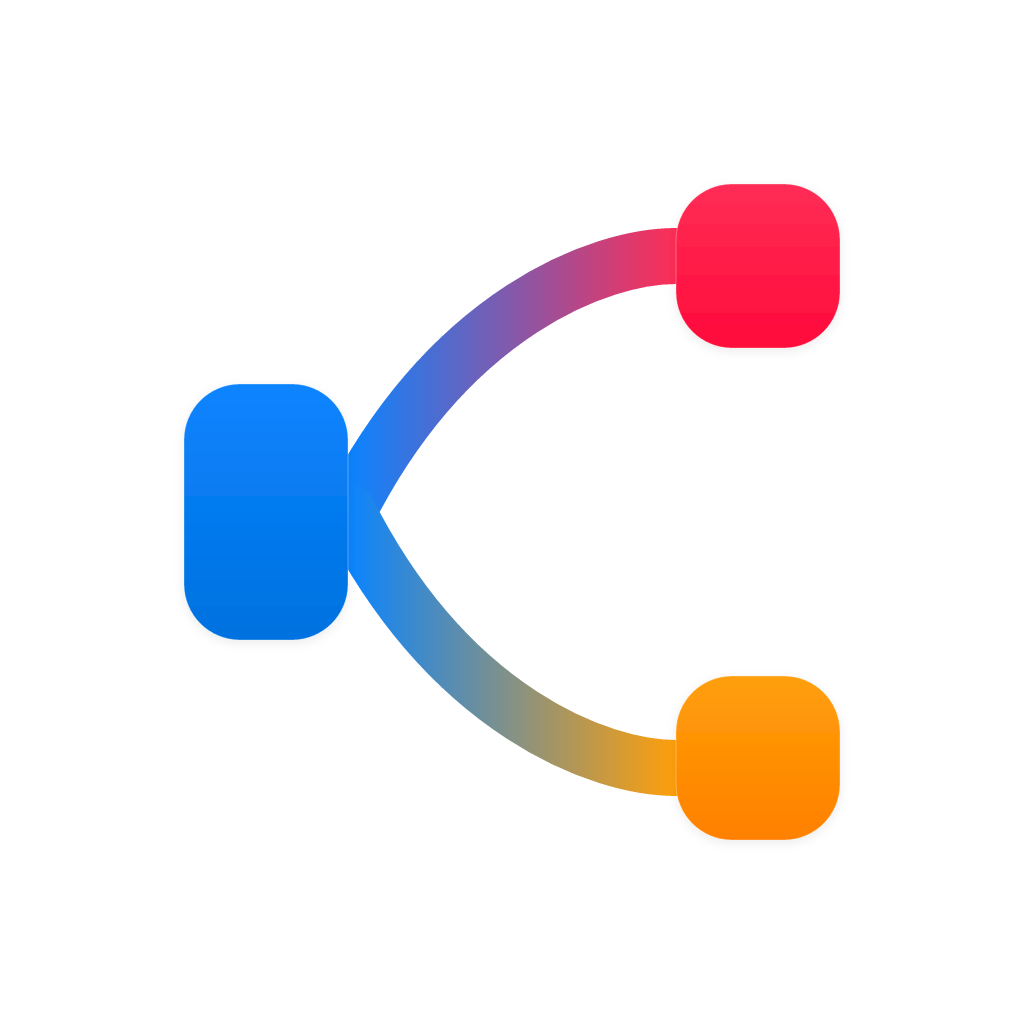Sankey charts have emerged as a powerful tool in the data visualization realm, bridging complexity with clarity in the depiction of processes and flows. Understanding and proficiently utilizing Sankey diagrams not only enhances the presentation of intricate data but also aids in identifying inefficiencies and opportunities for improvement. Mastering Sankey charts for effective process visualization is a skill that can transform how a business or an individual interprets and communicates data. Here’s a journey through the essentials to help you become proficient in creating and utilizing these dynamic and informative visualizations.
**The Basics of Sankey Charts**
Sankey diagrams, also known as Steamgraph charts, were originated by German engineer Karl-Ernst Claus in the 19th century to depict energy flows in a manufacturing plant. The charts are distinct in their visual style, where the width of the arrows represents the magnitude of flow, making it easier to discern the relationships between components within a process.
**Design Principles for Sankey Diagrams**
To create effective Sankey charts, it’s vital to adhere to certain design principles:
– **Flow Representation:** Arrows should represent the amount of energy, mass, or materials flowing through processes along a path.
– **Process Segments:** Dividing the diagram into segments that represent different steps in the process helps viewers easily trace and comprehend the flow.
– **Consistent Width:** The width of the arrows should be consistent along their entire length, corresponding with the rate of flow they depict.
– **Color Coding:** Utilize color coding strategically to distinguish between different material types, processes, or stages.
**Creating Sankey Charts**
Now that we understand the principles, let’s delve into the process of creating Sankey charts.
1. **Identify the Objective:** Before designing a Sankey diagram, define its purpose; whether it’s analyzing waste, tracking data within a supply chain, or visualizing energy flow.
2. **Gather Data:** Collect the relevant data that you wish to visualize and identify the processes and flows you want to represent.
3. **Choose the Right Tools:** There are various software tools to create Sankey charts, such as SankeyMVP, Google Charts, or Tableau. Choose one that resonates with your skill level and requirements.
4. **Design the Chart:** Follow the standard Sankey diagram structure, input your data, and apply the relevant design principles to construct the chart.
5. **Adjust and Refine:** Look for ways to simplify the visualization; for instance, by collapsing or grouping small flows or simplifying the process steps.
**Best Practices for Effective Visualization**
Here are some best practices to ensure your Sankey charts convey key insights:
– **Keep It Simple:** The key to an effective Sankey chart is not to overload it with information. Only show the information that adds to understanding the process or flow.
– **Use Annotations Wisely:** Where applicable, use annotations to highlight important points or data trends.
– **Validate the Results:** Check that the chart accurately represents the data and that the flow paths align with reality.
**Putting It to Use in Your Organization**
Sankey charts can bring significant value to businesses by:
– **Identifying Inefficiencies:** Showcasing where processes can be streamlined or optimized to improve efficiency.
– **Presenting Data Clearly:** Communicating complex flow diagrams in a digestible and engaging format for stakeholders.
– **Planning and Reporting:** Making it easy for project or process managers to evaluate the performance of complex processes.
In conclusion, mastering the art of Sankey chart creation and effective use has far-reaching implications for data visualization. By following the outlined steps and best practices, anyone can develop an in-depth understanding of how to create Sankey charts that are not only accurate but also insightful and visually appealing. These charts are more than decorative—they are a strategic asset to any organization or professional aiming to distill process complexities into a clear, insightful narrative.

